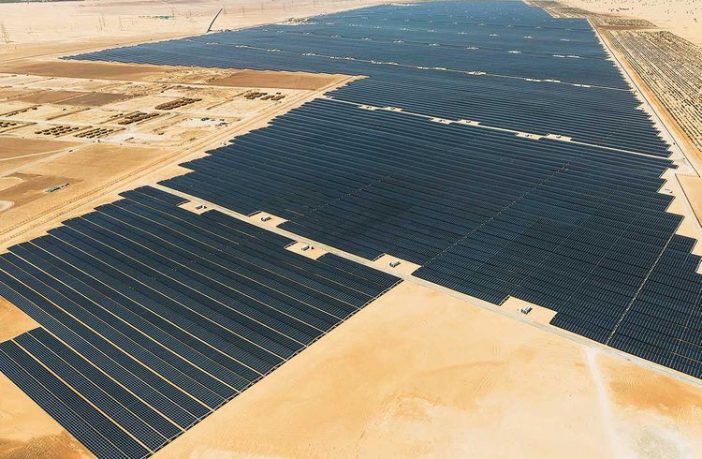- It is estimated that there will be more than 1,675,000 distributed renewable generation inverters connected to electrical grids around the world in 2030.
- But there is an element associated with these devices that is often overlooked and that is key to a stable grid – harmonics.
Harmonics are known as distortions in the form of voltage and current, which are driven by the nonlinear loads in the network. Harmonics can be basically asserted as the most common problem in renewable-based power generation technologies.
In DC/AC inverter-based systems, such as solar and storage, the injection of total harmonic distortion (THD) into the grid can be very detrimental to the generation plant and the grid as a whole. THDs are triggered by variations in solar irradiance and temperature as well as by the use of the inverters themselves, a major source of harmonics due to constant switching on and off.
There are several techniques to reduce the THD at the output of the inverters. In the case of photovoltaic stations composed of several inverters that operate in parallel, phase shifting is the most used. With this technique, the switching signals of all inverters are shifted slightly so that the harmonics due to switching cancel each other out. The result is that the THD of the entire plant is lower than that generated by the individual inverters.
Beyond the immediate impact on power production, harmonics can trigger mechanical vibrations, thereby compromising the longevity of critical components such as transformers. Furthermore, poor antiharmonic strategies can lead to the deterioration of the performance and efficiency of entire systems.
The use of so-called “Ultra-low THD inverters” minimizes the harmful effects of harmonic distortion and avoids not only the hidden losses that occur in the installation, but also the associated reliability and performance problems caused by harmonics. This is the main conclusion of “Unlocking the hidden benefits of ultra-low THD inverters in solar and storage projects,” a white paper that was recently published by Gamesa Electric, a Spanish manufacturer of renewables equipment.
The white paper includes an independent study that compares the performance of an Ultra-low THD inverter, such as the Gamesa Electric Proteus, against other models with a lower capacity to attenuate harmonics. It concludes that, in the case of the Gamesa Electric Proteus, production can be up to 0.35% higher.
“Harmonic distortion or THD is one of the most forgotten sources of losses and reliability problems in solar and storage plants,” said Gamesa Electric Technology Director Andrés Agudo.
As explained in the white paper, inverter design standards are obsolete and compliance with them does not ensure that these problems are avoided.
“It is necessary to design what we call Ultra-low THD inverters, like our Gamesa Electric Proteus model, to minimise losses, which can be very significant, as the study shows,” said Agudo.
Author: Pilar Sánchez Molina
This article was originally published in pv magazine and is republished with permission.
















1 Comment
A good article, but it will only be understood by persons with a professional understanding of electricity